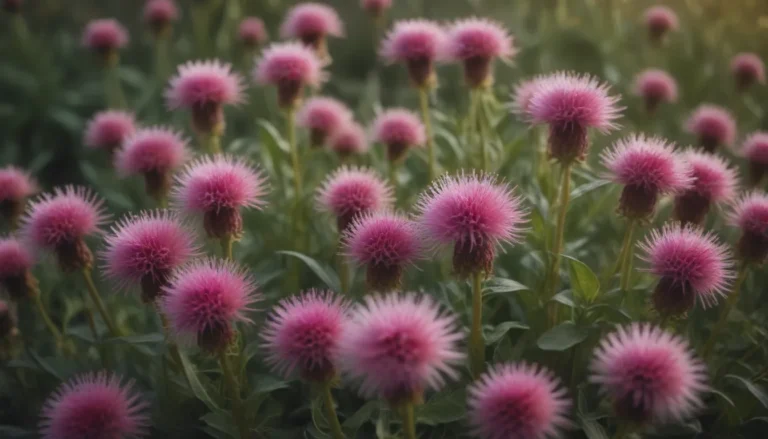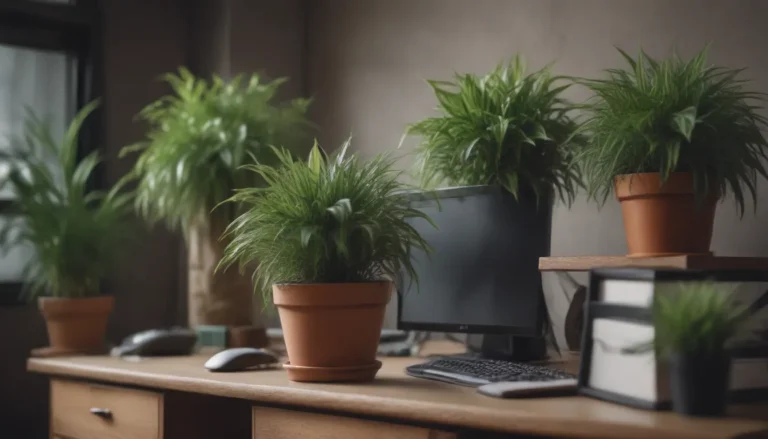The Ultimate Guide to Growing and Caring for Asters

Welcome to the ultimate guide on how to grow and care for asters! If you’re a fan of beautiful purple or blue daisy-like flowers that bloom from late summer through fall, then asters are the perfect addition to your garden. These stunning flowers are not only long-lived perennials but also easy to care for once established.
Why Choose Asters?
Asters, also known as Symphyotrichumspp., are native to North America and come in many species and cultivars. They are the perfect choice for gardeners looking to add a pop of color to their landscape during the fall season. Unlike other plants that start to decline as the weather gets cooler, asters thrive in the shortening days of fall, providing a beautiful display of flowers well into October.
Aster Care Tips
Here are some essential care tips to help your asters thrive in your garden:
- Light: Plant your asters in an area that receives full sun for most of the day. While some native species can tolerate partial shade, most cultivars prefer full sun to produce abundant flowers.
- Soil: Asters prefer loamy soil that is slightly acidic (pH 5.8 to 6.5). If your soil is alkaline, amend it with organic matter such as compost or well-rotted manure.
- Water: Keep the soil consistently moist but not waterlogged. Avoid splashing water on the leaves to prevent mildew or fungal growth.
- Temperature and Humidity: Asters thrive in cooler temperatures and are frost-hardy. They do not require additional humidity.
- Fertilizer: Feed asters with a balanced flower fertilizer twice a month starting in spring and discontinuing in August to prevent overfeeding.
Types of Asters
There are several popular cultivars of asters to choose from, each with its unique characteristics:
- Celeste
- Hazy
- Puff
Pruning and Propagating Asters
Pruning asters is simple and involves removing dead flowers to encourage new growth. Asters can be propagated by division, which is the easiest and most recommended method. You can also collect seeds or root stem cuttings, but division is the most reliable way to propagate asters.
Growing Asters From Seed
While asters can be grown from seed, germination can be challenging, and the resulting plants may not resemble the parent plant. Division is typically the preferred method for propagating asters.
Overwintering and Common Pests
When fall arrives, give your asters a good watering before the first freeze and cut down the foliage afterward. Cover the plants with mulch to protect the roots during the winter. Common pests and diseases that may affect asters include rust, powdery mildew, and lace bugs. Proper spacing and avoiding water splashing can help prevent these issues.
How to Encourage Blooming
If your asters are not blooming as expected, ensure they receive adequate water, sunlight, and nutrients. Stake tall varieties, pinch back flowers in spring and summer, and consider using compost to boost blooms. Asters also make excellent container plants, requiring at least 6 hours of direct sunlight and monthly fertilization.
In Conclusion
Growing and caring for asters is a rewarding experience for any gardener. With the right conditions and care, these beautiful flowers will brighten up your garden from late summer through fall. Whether you choose to plant them in the ground or in containers, asters are a versatile and stunning addition to any landscape. So, why wait? Start growing asters in your garden today and enjoy their vibrant blooms for years to come!





